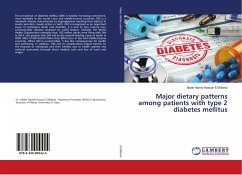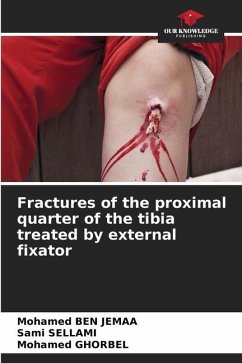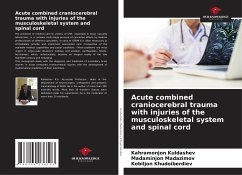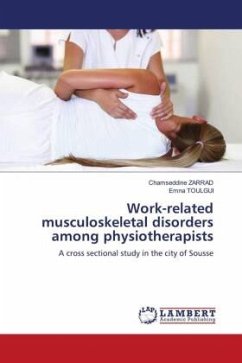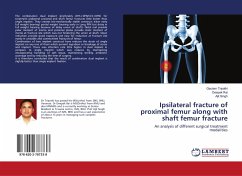
PATTERNS OF PROXIMAL FEMORAL FRACTURES IN WITH MUSCULOSKELETAL TRAUMA
Versandkostenfrei!
Versandfertig in 6-10 Tagen
29,99 €
inkl. MwSt.

PAYBACK Punkte
15 °P sammeln!
The incidence of proximal femoral fractures is steadily increasing worldwide. The vast majority occurs in elderly patients who have a fall from a standing height. However, in the young, proximal femoral fractures are associated with high energy trauma, usually road traffic accidents.Proximal femoral fractures are 2-3times more common in females than in males. There is limited data on the pattern of proximal femoral fractures in Uganda as such there is no empirical evidence to guide successful management of patients in Mulago hospital. This study therefore, aimed to establish the patterns of pr...
The incidence of proximal femoral fractures is steadily increasing worldwide. The vast majority occurs in elderly patients who have a fall from a standing height. However, in the young, proximal femoral fractures are associated with high energy trauma, usually road traffic accidents.Proximal femoral fractures are 2-3times more common in females than in males. There is limited data on the pattern of proximal femoral fractures in Uganda as such there is no empirical evidence to guide successful management of patients in Mulago hospital. This study therefore, aimed to establish the patterns of proximal femoral fractures in musculoskeletal trauma patients at Mulago hospital. There is a difference in patterns of proximal femoral fractures related to gender, age and different mechanism of injury.Therefore, there is need to formulate treatment protocols to guide clinicians in managing theses injuries.



